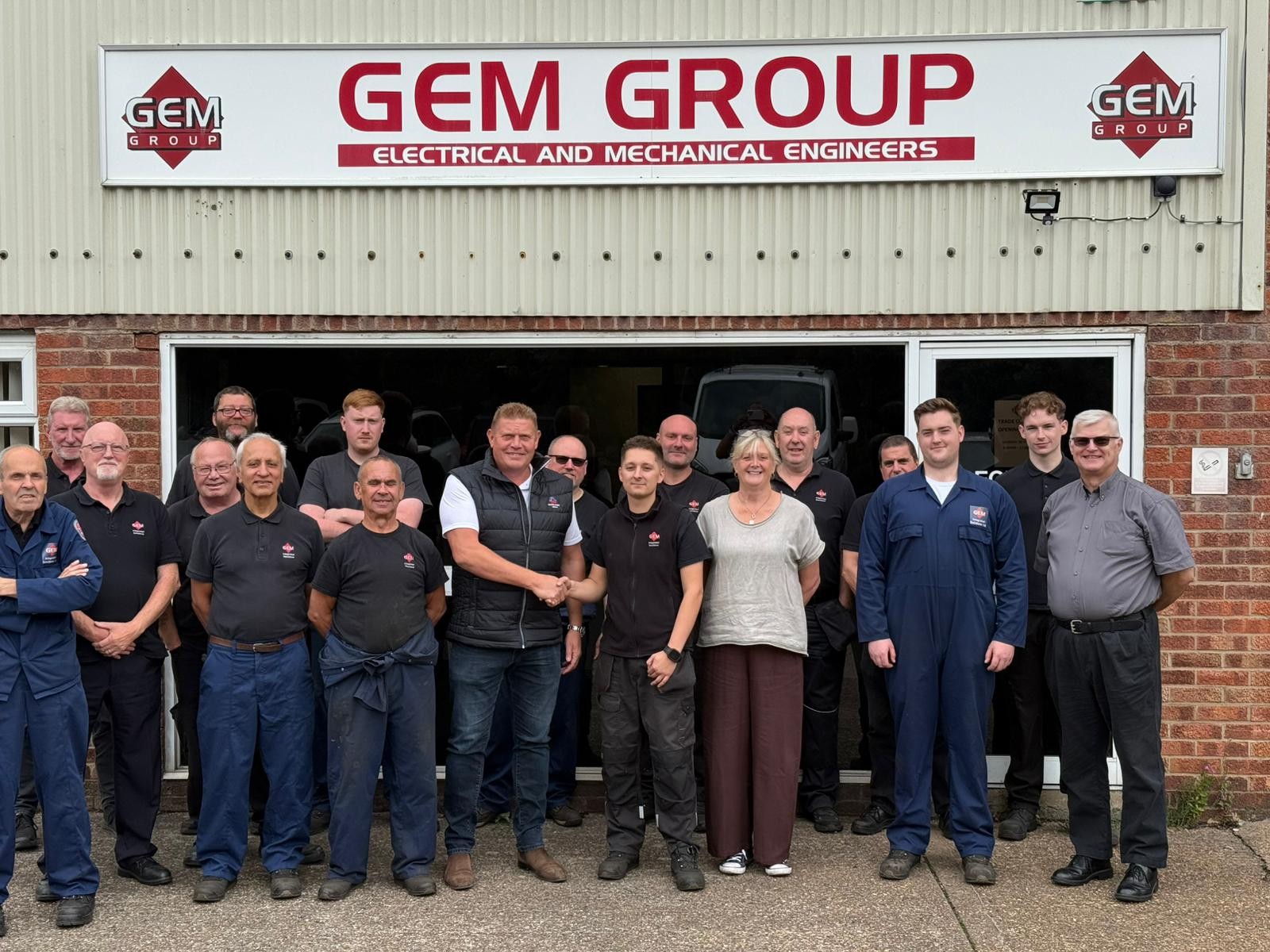Passenger ferries – like cars – require regular servicing and maintenance. However, instead of popping to the local garage, ships must be docked at shipyards for extended periods. Servicing is planned well in advance to ensure minimal disturbance to shipping schedules. Recently, Rotamec helped a shipyard in the South of England to deliver a ferry back to its operator within deadline by carrying out a complete generator overhaul.
As an island nation, the UK relies on a vast fleet of ferries to transport passengers and vehicles across the sea. With a multitude of operators sailing ships of varying sizes across many routes – commercial competition is fierce. Therefore, it is important that ships are in good condition, so that services can continue to operate at a high level. This means any repairs need to be carried out within a scheduled period, or risk losing vital revenue from passengers due to unexpected breakdowns.
A shipyard in the South of England was undertaking repairs on a ferry during a docking period. The 390 kVA Stamford generator installed on the ship required an overhaul as part of the works. It was important that the overhaul was not only carried out to a high-quality level, but that it was complete within the docking period so the ship could get back to sea on time.
“We are specialists in the repair of rotating equipment,” Tony Church, Area Sales Manager at Rotamec Exeter Branch, explains. “Of course, repair requirements are different across industries. For the marine sector, it is important to meet the specific needs of the shipyard. Our combination of a competitive price, a good scope of works and our ability to complete the repair within the required timeframe was key for this generator project.”
Onboard the ferry, Rotamec engineers first inspected the isolation and fixings before the generator was removed and lifted onto the dockside. The complete unit was then transported to Rotamec’s Exeter Branc
h to be dismantled and inspected. Rotamec operates multiple workshops in the UK, ensuring repairs can be carried out on reduced lead times.
All components of the generator were tested, including the rotor, stator, diode pack and automatic voltage regulator (AVR). Every part was then washed and serviced to ensure future reliability. The coils and winding assemblies were cleaned and stoved, with windings left in a workshop curing oven for eight to twelve hours. A new non-drive end bearing was selected from Rotamec’s extensive stock holding to replace the worn original.
With the overhaul complete, the generator was reassembled and all terminals reconnected to the block. The unit was then tested by Rotamec utilising its in-house facilities, where no faults were found, ensuring the generator was ready to be reinstalled.
Five days later, the generator was back dockside for reinstallation on the ferry. The unit was lifted and lowered back into position. Rotamec engineers aligned the generator, installing it and securing all fixings. The supply was reconnected and all terminations checked. After a final test, Rotamec engineers confirmed the success of the reconnection.
“By completing the repair within the docking period, we ensured that we operated within the shipyard repair deadline,” Tony concludes. “This meant that the ferry was ready to head back to sea on time, so that the vessel operator experienced no unplanned disturbance to its service schedule.”






